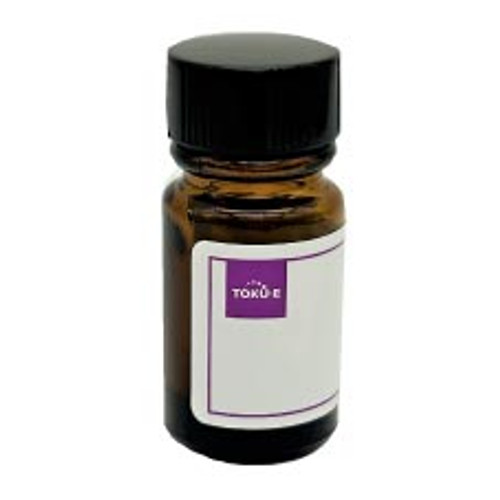Methicillin Sodium is a narrow-spectrum β-lactam antibiotic belonging to the penicillin family and is a semi-synthetic derivative of penicillin. It was manufactured in the late 1950s. It is commonly used as a selective agent in pathogen isolation media, and in antimicrobial susceptibility testing.
Methicillin Sodium is freely soluble in water.
| Mechanism of Action | β-lactams interfere with penicillin binding protein (PBP) activity involved in the final phase of peptidoglycan synthesis. PBP’s are enzymes which catalyze a pentaglycine crosslink between alanine and lysine residues providing additional strength to the cell wall. Without a pentaglycine crosslink, the integrity of the cell wall is severely compromised and ultimately leads to cell lysis and death. Resistance to β-lactams is commonly due to cells containing plasmid encoded β-lactamases. Methicillin is mostly resistant to β-lactamases. |
| Spectrum | Methicillin targets primarily the cell wall of Gram-positive organisms especially Staphylococcus aureus. |
| Microbiology Applications | Because of its widespread resistance among medically significant microbes, Methicillin may be used as a selective agent in pathogen isolation media to inhibit insignificant microbial background growth. Methicillin Sodium is commonly used in clinical in vitro microbiological antimicrobial susceptibility tests (panels, discs, and MIC strips) against Gram-positive microbial isolates. Methicillin is particularly used to test MRSA (Methicillin-resistant Staphylococcus aureus). Medical microbiologists use AST results to recommend antibiotic treatment options. Representative MIC values include:
For a representative list of Methicillin MIC values, click here. It can also be used to study methicillin resistance in Staphylococcus aureus. |
| Molecular Formula | C17H19N2NaO6S |
| Solubility | Acetone: 0.35 mg/mL Ethanol: 40 mg/mL Water: Freely soluble |
| References |
Joshi SG et al (2010) Control of methicillin-resistant Staphylococcus aureus in planktonic form and biofilms: A biocidal efficacy study of nonthermal dielectric-barrier discharge plasma. A. J. Infect. Cont. 38(4):293-301 Kehrenberg C, Cuny C, Strommenger B, Schwarz S, Witte W (2009) Methicillin-resistant and -susceptible Staphylococcus aureus strains of clonal lineages ST398 and ST9 from swine carry the multidrug resistance gene cfr. Antimicrob. Agents Chemother. 2009 Feb;53(2):779-81. PMID 19047652 Pitout JD, Sanders CC, Sanders WE (1997) Antimicrobial resistance with focus on beta-lactam resistance in Gram-negative bacilli. Am J Med 103:51 Sjöström JE, Löfdahl S, and Philipson L (1975) Transformation reveals a chromosomal locus of the gene(s) for methicillin resistance in Staphylococcus aureus. J. Bacteriol. 123 (3):905-915 |
| MIC | Bacteroides fragilis (NCTC 9343)| 0.5|| Diplococcus pneumoniae| 0.003 - 1.6|| Fusobacterium necrophorum| 0.1 - 6.3|| Haemophilus influenzae| 0.8 - 3.1|| Moraxella catarrhalis (489)| 6.25|| Nocardia asteroides| 25 - >200|| Staphylococcus aureus| 0.125 - >100|| Methicillin Resistant Staphylococcus aureus (MRSA)| 15.6 - >1000|| Staphylococcus aureus (8325)| 0.25|| Staphylococcus aureus (8325ΔpknB)| 0.125|| Streptococcus pneumonia (G9A)| 0.39|| |








